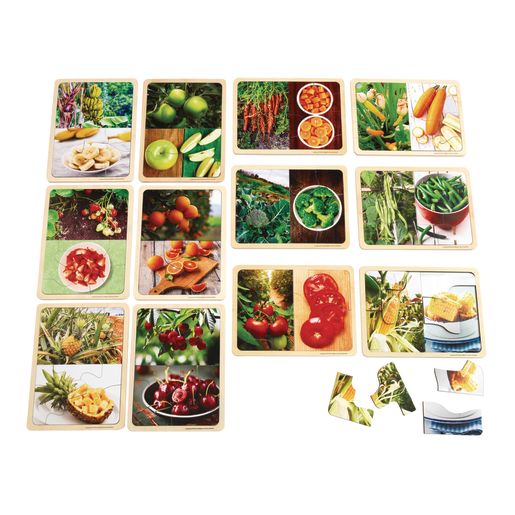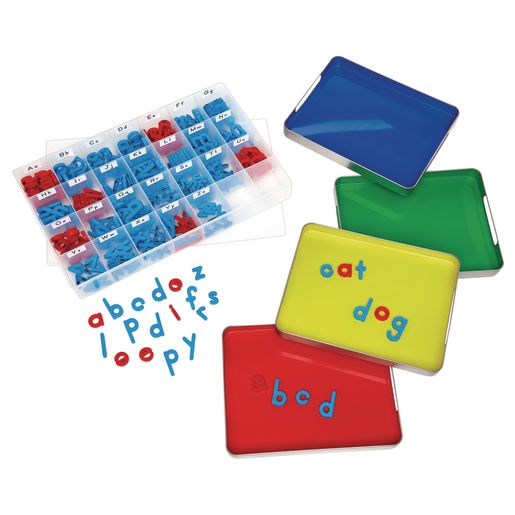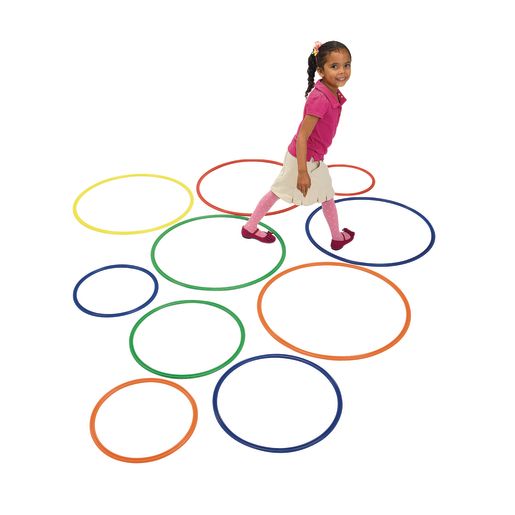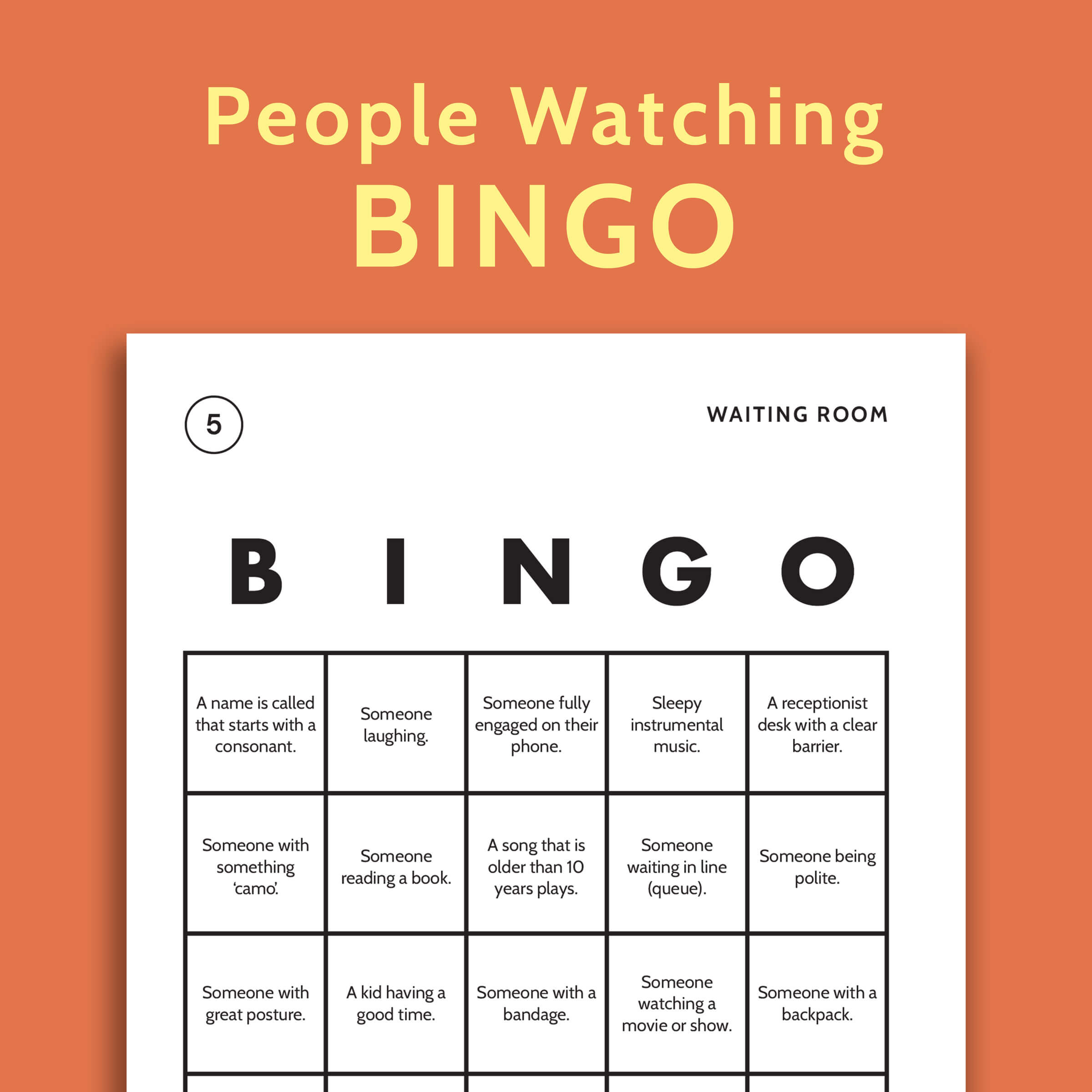Description
These vibrant photographic puzzles bring the journey from farm to table right into your learning space. Each puzzle features realistic, full-color images of fresh fruits and vegetables, printed using heat transfer technology that resists fading and wear over time. The sturdy wooden trays and accompanying photo cards create a self-correcting system that builds confidence while developing problem-solving skills.
The set includes six different puzzles, with two puzzles each containing 8, 10, and 12 pieces. This variety allows you to match the challenge level to your child’s developmental stage and gradually increase difficulty as their skills grow. Each puzzle measures a generous 12 inches by 9 inches, making the pieces easy for small hands to manipulate, while the photo cards measure 11 inches by 8 inches for clear reference.
The wooden construction ensures these puzzles will withstand years of regular use, making them a worthwhile investment for families with multiple children or those who plan to use them extensively. The realistic photography helps children make real-world connections between the foods they eat and where those foods come from.
How Homeschoolers Can Use This Product
Educational Benefits
These puzzles serve multiple learning objectives beyond simple problem-solving. Children develop fine motor skills, hand-eye coordination, and spatial reasoning while working with the pieces. The self-correcting design builds independence and confidence, allowing children to work through challenges without constant adult intervention. The progression from 8 to 12 pieces provides natural scaffolding for skill development.
Science Integration
Use these puzzles to introduce basic botany concepts by discussing which items are fruits versus vegetables. Explore plant parts by identifying roots (carrots, radishes), leaves (lettuce, cabbage), fruits (apples, tomatoes), and seeds (peas, corn). Connect to nutrition lessons by sorting foods by color, discussing vitamins, or exploring which parts of plants we typically eat.
Geography and Social Studies
Incorporate geography by researching where different fruits and vegetables grow best. Create a world map showing the origins of various foods or discuss how climate affects what farmers can grow in different regions. Use the puzzles as starting points for lessons about farming communities, seasonal eating, or food transportation.
Language Arts Extensions
Build vocabulary by naming the items, describing their colors and textures, or creating stories about farm-to-table journeys. Use the completed puzzles as prompts for creative writing or oral storytelling. Practice categorization skills by grouping items alphabetically, by color, or by how they grow.
Practical Learning Tips
Start with the 8-piece puzzles for beginners, then progress to more complex versions as skills develop. Use the photo cards as reference guides initially, then challenge older children to complete puzzles without them. Store pieces in labeled containers to practice organization and responsibility. Consider timing activities for children who enjoy challenges or want to track their improvement.
Multi-Level Learning
Younger children can focus on basic completion and vocabulary building, while older siblings can research nutritional information, growing seasons, or cooking methods for each item. This makes the set valuable for families with children of varying ages and allows the puzzles to remain educational as children grow.





Reviews
There are no reviews yet.